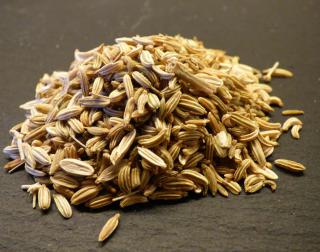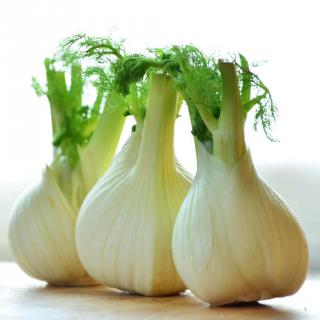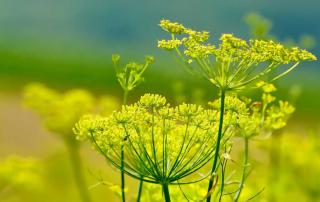

Fennel is a plant for which the roots are the part we eat and its nutritious and culinary value is exceptional. It is a very good summer vegetable.
Name – Foeniculum dulce
Family – Apiaceae (parsley family)
Type – biennial
Height – 16 to 24 inches (40 to 60 cm)
Exposure – full sun
Soil – ordinary to rich
Harvest – July to December, 3 months after sowing

Fennel loves rather light, rich and relatively cool soil.
It helps to enrich the soil with manure-based fertilizer in order to enhance growth.

You can collect your fennel whenever you need it, depending on how large the heads have become.
Once the first frosts have hit, pull all your fennel out and keep it in a cool, ventilated and rather dark place.
The best way to keep your fennel is to store them in a cellar in crates filled with sand. If you haven’t any cellar, freeze them in a freezer.
But fennel seeds are also delicious and can be used in cooking just like cumin or aniseed.
An excellent vegetable known for its nutritious value as well as its digestive and antioxidant properties, fennel is an admirable addition to most of the summer dishes you can prepare, and its aniseed-like flavor will enchant you.

Although the Mediterranean diet is where it is most present, fennel is grown more or less everywhere in mild climate regions.
Also, remember not to confuse fennel with dill because even though the two plants look alike and that dill is sometimes called the “bastard fennel”, they are quite different. Likewise, although the taste is very similar to that of aniseed, the leaves which are very different will help you tell them apart.
Collect all the small grains of that appear at the end of the small yellow flowers and add them to your ‘Fleur de sel’ fine table salt.
They’re delicious to flavor your meals, especially recipes with fish.
Read also: